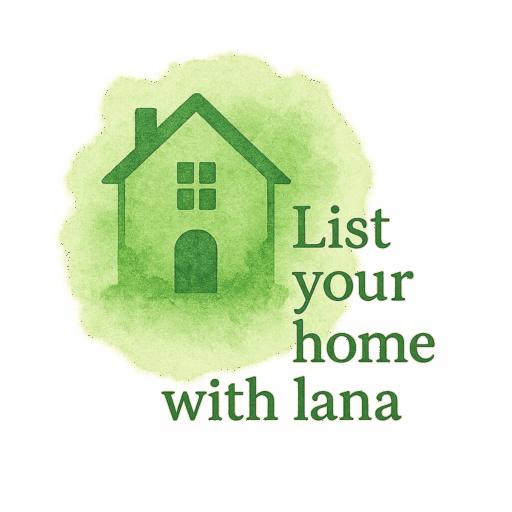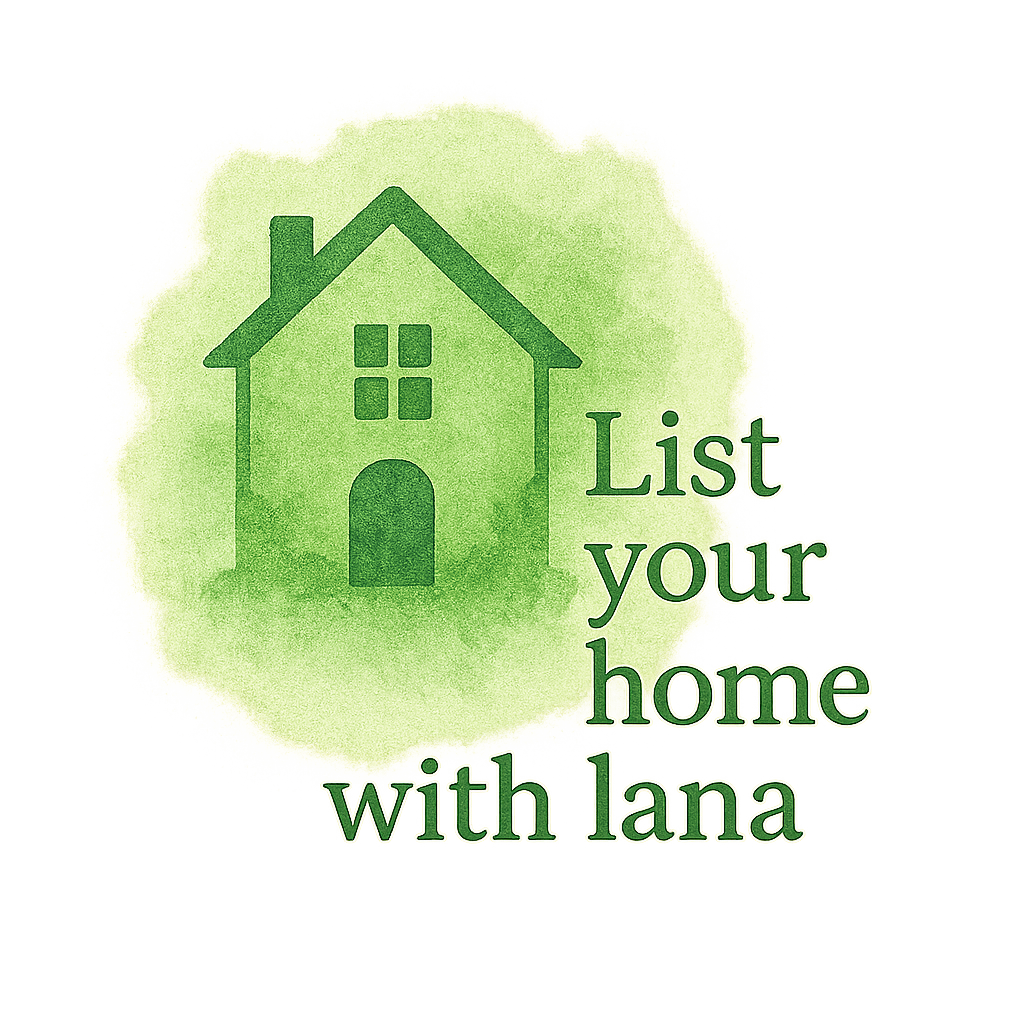Keeping your home and loved ones safe is something that’s always top of mind, right? Whether you’re a first-time buyer or a seasoned homeowner, peace of mind starts with smart, proactive upgrades. In today’s fast-moving world, safety isn’t just about locking your doors—it’s about combining physical and digital security.
Let’s break down five critical safety upgrades that can make your home safer today.
Why Home Safety Should Be Your Top Priority
We often don’t think about home safety until something happens. But the truth is, many incidents—break-ins, fires, data breaches—are preventable with a little foresight. Upgrading your home’s safety not only protects your loved ones but also increases your home value, making it a smart move if you’re planning to sell your home later.
Upgrade #1: Install a Smart Security System
What Makes Smart Systems So Effective?
Smart home security systems are game-changers. They’re not just alarms anymore—they’re full-fledged monitoring systems with cameras, motion detectors, and real-time alerts straight to your phone.
You can literally see who’s at your door while sipping coffee at work.
Recommended Features to Look For
Look for a system that includes:
- Doorbell cameras
- Window/door sensors
- 24/7 monitoring
- Remote access through mobile apps
- Integration with smart home devices
Best Placement Practices
Place cameras near entry points—doors, garage, and backyards. Install motion sensors near hallways and main living areas. Don’t forget high-traffic spots like stairways.
🔗 Related Resource: Home Ownership Tips
Upgrade #2: Reinforce Doors and Windows
How Intruders Exploit Weak Entry Points
Doors and windows are the most common access points for burglars. If your front door can be kicked open with a little force, it’s time for an upgrade.
Best Materials for Reinforcement
Consider:
- Solid core or metal doors
- Strike plates with 3-inch screws
- Laminated safety glass or polycarbonate panels
- Reinforcement bars or security film
DIY vs Professional Reinforcement
You can absolutely DIY some upgrades like reinforcing door frames or installing window locks. But for maximum protection, bringing in a pro can make a world of difference.
🔗 Related Resource: Home Safety Checklist
Upgrade #3: Outdoor Lighting & Motion Sensors
Lighting as a Deterrent
Burglars hate being seen. That’s why outdoor lighting is such a simple but powerful upgrade. Motion sensor lights instantly turn on when movement is detected, startling potential intruders.
Ideal Placement for Maximum Effectiveness
Install them near:
- Garage doors
- Backyards and patios
- Walkways and side gates
Solar vs Hardwired Options
Solar-powered lights are great for eco-conscious homeowners and easy installation. Hardwired options, though, are more reliable in the long run.

🔗 Related Resource: Home Maintenance Tips
Upgrade #4: Install Fire & Carbon Monoxide Detectors
The Silent Killers: CO and Smoke
Fires and carbon monoxide leaks are among the deadliest threats to home safety. The scary part? You often don’t see them coming.
Where to Install for Maximum Safety
Place detectors:
- In every bedroom
- Outside sleeping areas
- On every level of your home, including the basement
Smart Detectors vs Traditional Alarms
Smart detectors connect to your phone and can notify you even when you’re away. Some models even detect both smoke and CO.
🔗 Related Resource: First-Time Buyer Safety Tips
Upgrade #5: Secure Your Wi-Fi Network
Why Cybersecurity Matters for Home Safety
Smart homes run on data. And if your network isn’t secure, you’re inviting cybercriminals into your home. Think of it as leaving your front door open—digitally.
Simple Steps to Secure Your Network
- Change default router passwords
- Use WPA3 encryption
- Update firmware regularly
- Set up a guest network for visitors
🔗 Related Resource: Home Financing Tips
Bonus Tip: Neighborhood Awareness and Community Tools
Using Apps and Social Platforms for Safety
Apps like Nextdoor or Ring’s Neighbors allow you to connect with your community, report suspicious activity, and stay informed about local incidents. When neighbors work together, the whole block gets safer.
🔗 Related Resource: Real Estate Market Trends
Final Thoughts on Home Safety
Safety isn’t about being paranoid—it’s about being prepared. Each of these upgrades can be done gradually, and many offer not just protection but peace of mind. So whether you’re settling into a new home or simply want to modernize your space, these tips are your blueprint for a more secure future.
Thinking about buying or selling a home soon? Check out List Your Home With Lana for expert guidance, home financing advice, and the latest home-selling tips.
Conclusion
When it comes to your home, safety upgrades are more than just improvements—they’re investments in your family’s well-being. From smart tech to reinforced entry points, small changes can create a massive impact. Remember, the best time to secure your home was yesterday. The second best time? Right now.
So take a walk through your house today. See what can be better. And then go out and make those changes happen.
FAQs
1. What is the most effective home safety upgrade?
A smart security system offers a comprehensive solution with cameras, alarms, and remote monitoring all in one package.
2. How often should I test fire and CO detectors?
At least once a month. Replace batteries every six months and devices every 7–10 years.
3. Is professional installation necessary for home safety upgrades?
Not always. Many systems are DIY-friendly, but professionals can ensure maximum effectiveness and code compliance.
4. Can outdoor lighting really prevent break-ins?
Yes! Studies show that motion-activated lighting can significantly reduce the risk of burglary.
5. What are the signs of an insecure Wi-Fi network?
Slow speeds, unexpected devices connected, or frequent disconnections could be red flags.
6. Are safety upgrades expensive?
Not necessarily. Many effective upgrades like lighting, locks, and detectors are affordable and easy to install.
7. Where can I find more safety checklists and tips?
Visit the Checklist Section and explore the Home Ownership Tips page for more.


